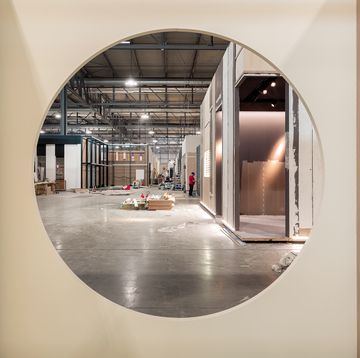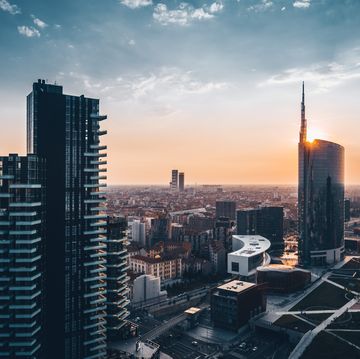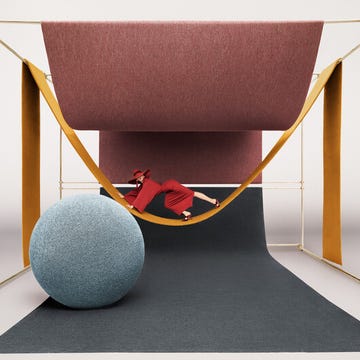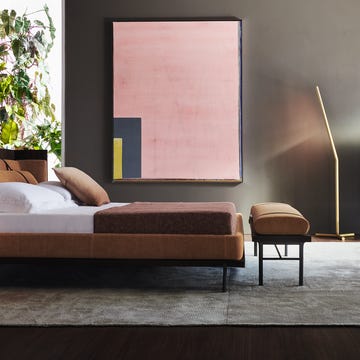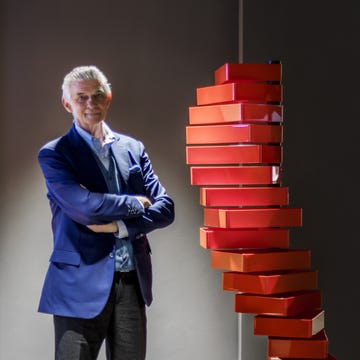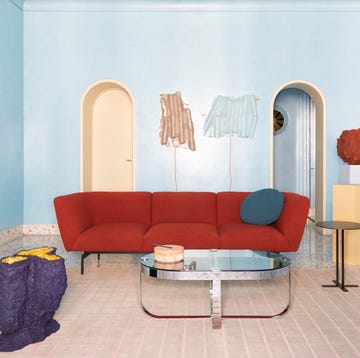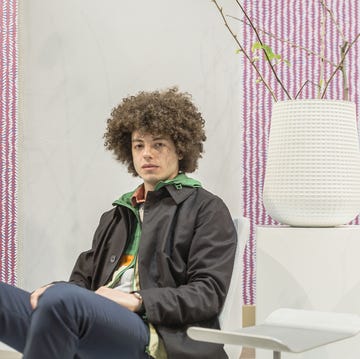Milan’s Pasteur station is set for the arrival of Fuorisalone 2018 in the neighborhood north of Loreto, better known as NoLo. The zone, once a working class neighborhood, now follows in the footsteps of swanky SoHo, risking its multi-ethnic roots found between Via Padova and Viale Monza. Now a melting pot of integration, the “outskirts” are a guaranteed destination for this year’s Salone del Mobile.
Many are claiming that the neighborhood will receive more visitors thanks to Ventura Projects’ new base in Loreto for Milan Design Week. But it’s the Alcova project at the center of it all that’s sure to draw attention. The initiative by Valentina Ciuffi (Studio Vedèt) and Joseph Grima (Space Caviar) will transform the former Milanese bakery, Cova, into an exhibition space for “new projects by avant-garde designers, galleries, institutions, and companies”. In these grandiose and abandoned spaces, invaded by untamed and wild vegetation, Alcova will host exhibits and talks with more than 20 exhibitors from Holland, Belgium, Germany, France, Italy, and Georgia.
“A good mix of independent designers”, exclaims Ciuffi “connected by the red thread of dedication to research”.
With everyone gathered around themes “of contemporary living, design culture, materials, and innovation”,
the focus seems to rest on the hosting neighborhood, where such issues might appear mere bourgeoisie frivolity. And yet, it’s here in NoLo that the society of tomorrow is being collectively created — here among underground movements in a world divided by individual identity and globalization, center and periphery, multiculturalism and growing nationalism.
Artists participating in the Alcova show include the Better Known As collective, who will present Ready, set, go!, a continually evolving performance. Gijs Bakker, a key figure in contemporary design, will bring Chp…?, 6 new projects from his jewelry brand for an installation reflecting on our status as “person-devices”. Meanwhile, Nanban revisits the traditional Japanese kiosk with an Italian touch.
Also present are Hans Maier Aichen, Buro Belen, Bloc Studios, Architetti Artigiani Anonimi, institutions like Z33, and many more.
So what’s really happening in the area north of Loreto? There are those comparing the situation to Brooklyn, others to Turin’s San Salvario and others still to Rome’s Pigneto. However, they all come with one major difference — here, gentrification is in the air, but it hasn’t arrived on the ground just yet.
We’re still in the early phases — where foreign spices entice passersby and the urban rhythm stays true to its own beat. It’s a self-sufficient melting-pot of pure life, with all the misery, joy, chaos, and constant modifications of a developing neighborhood.
As mentioned at the recent press release for the Nolo Creative District, the electric atmosphere has long attracted alternative personalities, where artists have been working for years. Establishing the community is, as they described it, “an initiative starting from the bottom to try and organize the creative enterprises of the neighborhood: artists’ ateliers and studios for architecture and design”. The big design events might last for a week, but when the flashy shows come to an end, NoLo gets right back to work, 365 days a year. It’s for this very reason that the network was created and soon, the nolocreativedistrict.net website will be up and running.
While some can’t get enough of the new district, others are wary of the over-zealous implications, like Francesco Cavalli. In an interview with Il Giorno, the designer spoke on the issue: “talking about the ‘quadrilatero dei creativi (district of creatives)’ is a shock, because beyond the art galleries and graphics studios, there’s much more, and it’s only natural in an area of over 100 thousand inhabitants.”
It was actually Cavalli himself, together with graphic designers Luisa Milani and Walter Molteni, to first coin the name NoLo. The idea was born in a Sicilian bar in New York, with the intention to restore the appeal of the area, as well as a kind of “neighborhood consciousness”, to restore dignity and self-awareness.
But self-awareness can only begin through retrospection. NoLo was once a working-class neighborhood for the factories of Sesto San Giovanni, where the hustle and bustle of trams transported migrants from the south, transplanted to Milan in hopes for new prospects.
Here, history thrives in the locales lining NoLo’s streets. Local gems like Storari Bakery in Via Oxilia, the Mazzola family home in Viale Monza 23 (where the clandestine Garibaldi brigade was born during the Resistance), and the Beltrade Theater (with new management running independent films in original language) act as binding roots in a culturally diverse community.
Artistic and cultural associations abound, like Assab One by Elena Quarestani, Bar Ligera, the Naviglio Martesana, and the many villas that line it. Meanwhile, restaurants and pubs stay open around the clock on every corner, where life never seems to slow down. Sure, they’re subtle signs of movement, but something is definitely happening here in NoLo.
It’s no coincidence then, that the neighborhood has been officially opened. “Opened” used as the word of choice behind Alcova, which Valentina Ciuffi says echoes throughout the project: “there’s a bubble in design, just like in any field, but going beyond what we already understand is one of the cultural issues of the moment”.




